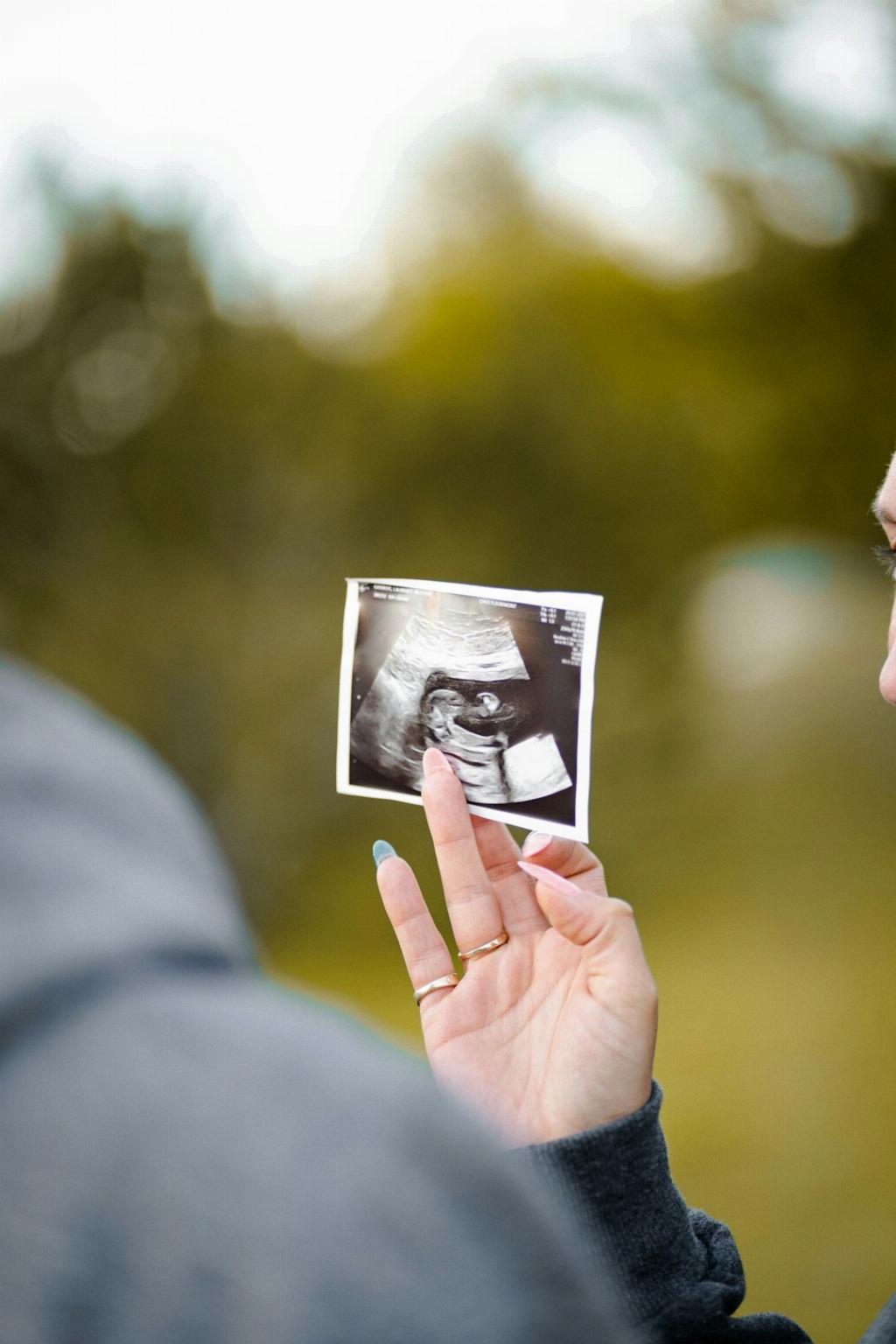During pregnancy, many women experience pain in one side of the leg. This discomfort can range from mild aches to sharp pains, making daily activities challenging. Understanding the underlying causes of leg pain during pregnancy is crucial to finding relief and ensuring a healthy pregnancy journey.
1. Changes in Blood Circulation
One common cause of leg pain during pregnancy is changes in blood circulation. As your body adapts to the increased blood volume needed to support the growing fetus, pressure can build up in the veins, leading to discomfort in the legs. This can manifest as a dull ache or a tingling sensation in one side of the leg.
2. Weight Gain and Muscle Stress
The additional weight gained during pregnancy puts extra stress on the leg muscles, particularly when standing or walking for extended periods. This added strain can result in pain on one side of the leg, especially if proper rest and stretching exercises are not incorporated into your daily routine.
3. Pressure on Nerves and Blood Vessels
Your growing baby exerts pressure on the nerves and blood vessels that supply the legs. This compression can lead to nerve pain, numbness, or tingling sensations on one side of the leg. Finding ways to relieve the pressure, such as changing positions or using supportive pillows, can help alleviate the discomfort.
4. Hormonal Changes
Hormonal fluctuations during pregnancy can also contribute to leg pain. The hormone relaxin, which helps prepare the body for childbirth by loosening ligaments, can affect the stability of the pelvic joints and lead to leg discomfort. Maintaining proper posture and engaging in gentle exercises can help support the muscles and joints.
5. Low Calcium Levels
Some doctors suggest that low calcium levels or changes in calcium metabolism may play a role in leg cramps during pregnancy. Ensuring that you have an adequate intake of calcium-rich foods or supplements can help prevent muscle spasms and promote overall muscle health.
6. Dehydration and Electrolyte Imbalance
Dehydration and electrolyte imbalances can also contribute to leg pain and cramping. Staying hydrated and consuming foods rich in electrolytes, such as potassium and magnesium, can help maintain muscle function and reduce the risk of leg discomfort.
7. Varicose Veins
Varicose veins, which are common during pregnancy due to increased blood volume and hormonal changes, can cause pain and swelling in the legs. Elevating your legs, wearing compression stockings, and avoiding prolonged sitting or standing can help alleviate the symptoms.
8. Sciatica
Sciatica, a condition characterized by pain that radiates from the lower back down the leg, can occur during pregnancy due to pressure on the sciatic nerve. The discomfort is typically felt on one side of the leg and may worsen with certain movements. Gentle stretching exercises and prenatal yoga can provide relief.
9. Pelvic Girdle Pain
Pelvic girdle pain, which involves discomfort in the pelvic area and radiates to the legs, is another common source of leg pain during pregnancy. This condition may be exacerbated by activities that involve weight-bearing or sudden movements. Using a maternity support belt and practicing pelvic floor exercises can help manage the pain.
10. Restless Leg Syndrome
Restless Leg Syndrome, a neurological disorder characterized by an uncontrollable urge to move the legs, can also occur during pregnancy. The symptoms, which often worsen at night, can lead to discomfort in one or both legs. Developing a bedtime routine and avoiding caffeine can help alleviate the restlessness.
11. Postural Imbalances
As your body undergoes changes to accommodate the growing baby, postural imbalances can develop, leading to muscle strain and leg pain. Maintaining proper posture, using supportive footwear, and practicing prenatal exercises can promote better alignment and reduce discomfort in the legs.
12. Seeking Professional Guidance
If you experience persistent or severe pain in one side of the leg during pregnancy, it is important to consult with your healthcare provider. They can assess your symptoms, provide personalized recommendations, and offer treatments, such as physical therapy or maternity support devices, to help manage the discomfort effectively.

